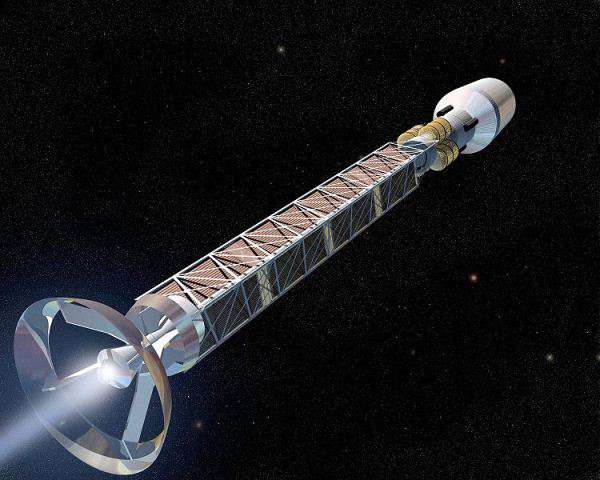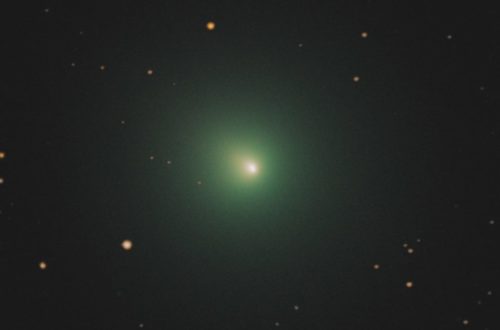Antimatter Discovered Around Earth
A ring of antimatter, more specifically antiprotons, has been recently discovered around the Earth. Since antiprotons are charged sub-atomic particles, they are confined by the planet’s magnetic field lines. They are being produced when cosmic rays collide with particles in the Earth’s atmosphere and bounce back into space where they often get caught inside the Van Allen radiation belts. They can persist for several minutes or even hours before annihilating with normal matter.
The antiprotons were detected by Piergiorgio Picozza from the University of Rome Tor Vergata, Italy, and colleagues using PAMELA, a cosmic-ray detector mounted on a Russian Earth-observation satellite.
According to Rolf Landua from the CERN particle physics laboratory near Geneva, Switzerland, “the Earth’s magnetic field works a little bit like the magnetic traps that we are using in the lab [to store antimatter artificially produced there].”
All this is great news for all of us, space enthusiasts. If this antimatter can be trapped, it could be used to power future starships. Antimatter would be a very efficient source of energy that could accelerate a starship to a significant fraction of the speed of light. Such a starship is represented in an artist’s vision below. (The image is in the public domain, made by NASA/MSFC.)

Antimatter could also solve humanity’s energy crisis by offering a clean alternative energy source. That is if we can solve the logistic issues of capturing the antimatter, safely bringing it down to Earth and annihilating it with normal matter in a controlled chamber where the energy thus produced would be captured and sent to the electric grid.
Scientists also predict that millions or even billions of times as many antiprotons could be found around the giant planets of our solar system. This means that future space colonies in the outer solar system could have an abundant energy source replacing solar power.
I sincerely hope that this discovery will be used for the advancement of science and technology and not for warfare in the form of an antimatter bomb. In fact even a small amount of antimatter could produce an explosion greatly exceeding the power of atomic bombs.
Would you like to receive similar articles by email?





